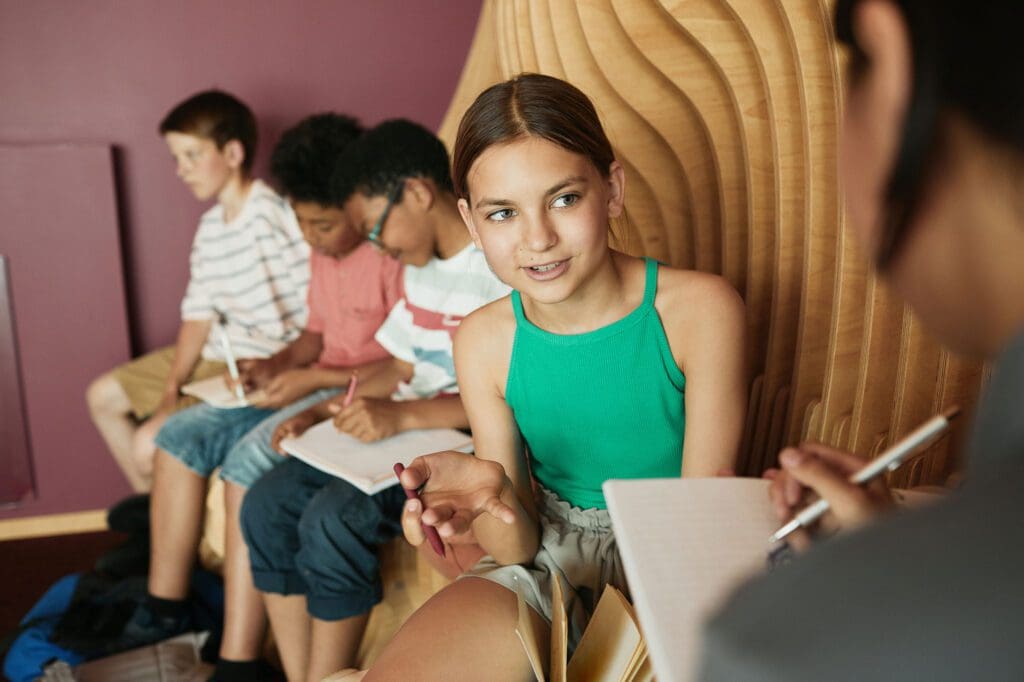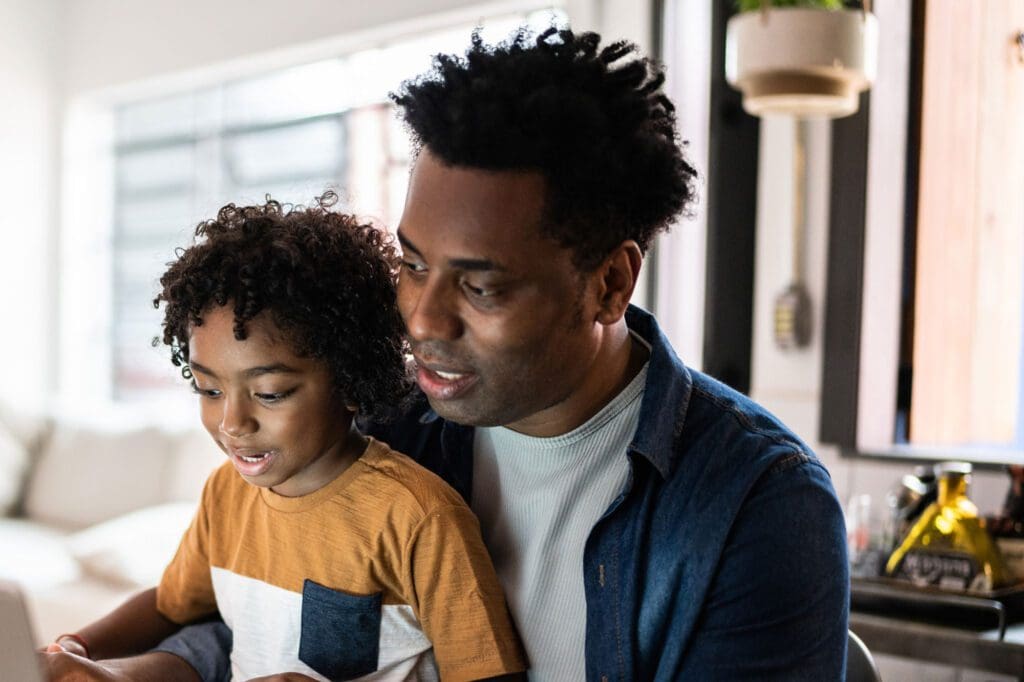Why child and survivor voices matter
Children and young adult survivors of online sexual abuse are essential to creating a safe digital environment. Their lived experiences provide crucial insights into how we can effectively combat child sexual exploitation and abuse. Centring the voices of those affected is vital for developing practical solutions that truly address the issue.
The United Nations Convention on the Rights of the Child emphasizes the importance of incorporating children’s perspectives in decision-making processes. However, there remains a significant gap between this commitment and its implementation.
Many children remain unidentified by law enforcement, and those who do disclose their experiences often find that their insights are not solicited when improving prevention strategies or response services. Research indicates a disconnect between children’s perceptions of risk and the realities of online abuse, highlighting the urgent need for child-centered approaches. By integrating children’s views into our strategies, we can better address their unique needs and create a more effective framework for protection.
Key priorities for child-centered approaches
To enhance online safety for children, we advocate for a comprehensive approach that includes providing age-appropriate resources to help children navigate digital spaces safely and understand how to report abuse. It is also essential to reduce barriers to help-seeking, such as stigma and misconceptions about victimhood, while empowering children to hold online service providers accountable for their safety measures.
Importantly, children must be involved in the development of safety policies, laws, and platforms. Support services should be widely available and accessible, alongside training for adults on effective participation practices.
Incorporating the voices of children and young people helps maintain a focus on child protection and utilize their insights to enhance responses to threats. Engaging children in discussions about their right to privacy and balancing this with necessary safety measures can lead to better support processes for child victims, ensuring that legislation protects them without criminalizing typical developmental behaviours.
It is also crucial to acknowledge the diverse needs of children and create trauma-informed approaches that respect each survivor’s unique recovery journey.
Engaging children and survivors
To enhance engagement with children and survivors, we developed a Participation Model based on four main approaches: consultation, collaboration, co-production, and leadership. These strategies ensure that children and survivors are actively involved in decision-making processes and can contribute to developing solutions against child sexual abuse online.
The internet could be safer for children if:
Age-appropriate knowledge and tools are available to help children and young people to navigate online spaces safely, including information about cybercrimes, how to make a report and how to ask for support.
Barriers to abuse identification and help-seeking, such as shame, victim blaming, and misconceptions about abuse, are reduced or removed.
Children are enabled to hold online service providers to account for taking steps to keep them safe online.
Child-centred approaches are adopted when designing policies, laws, platforms or services about their safety.
Support services are available and accessible to everyone, including psychological support.
There are widespread training opportunities on good participation practices.
Why incorporate children and young people’s voices?
The relationship between online risks, shifting developmental norms and differing perceptions of harm highlight the importance of centring the response on the experiences, rights, and needs of children. Based on research, and our interviews with adult survivors of child sexual abuse, child-centred approaches are important because they:
- Prioritise child protection: Ensure child safety remains the core focus in all discussions and actions related to online exploitation and abuse.
- Empower children’s voices: Actively include children’s insights regarding their online activities, help-seeking behaviors, and experiences of abuse to inform effective responses.
- Balance privacy and safety: Consider children’s perspectives on how to protect their privacy while ensuring access to the internet, implementing age-appropriate safety measures.
- Enhance support processes: Improve outcomes for child victims by removing barriers to accessing support, minimizing re-traumatization, and facilitating connections to relevant resources.
- Strengthen protective legislation: Advocate for laws that safeguard children from abuse without criminalizing normal developmental behaviours.
- Acknowledge diverse needs: Recognize and address the varied personal and societal factors that influence children’s online experiences and risks.
- Implement trauma-informed practices: Tailor support services to meet the specific needs of survivors at different stages of their recovery journey.
Child-centred approaches can also plug evidence gaps around the extent, nature and impact of child sexual exploitation and abuse online.
What does good participation practice look like?
Our Model National Response provides guidance to countries on a holistic approach to protecting children and supports the ethical and effective participation of young people and outlines key capabilities for countries to consider.
It is important that youth participation opportunities involve a diverse range of children’s voices and consider the different needs and various personal and societal factors that impact online experiences and risk.
Use our Participation Guidance and checklists to help when applying each of the participation principles in practice.
Explore our Participation Map to see where services are actively engaging children and survivors.
What our members are doing
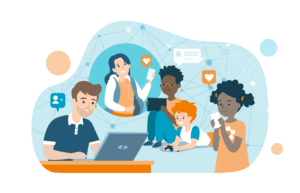
Better Internet for Kids (BIK) Youth
Each year, a BIK Youth Panel is organised for the Safer Internet Forum, encouraging youth to voice their opinions and those of peers they represent from across Europe and beyond. Youth panellists collaborate to generate principles and ideas to achieve a safer internet.
Snap’s Safety Advisory Board
Snap’s Safety Advisory Board includes three youth advocates. Youth participation is built into the platform’s organisational governance, and in product research and design. In developing its Family Centre, Snap has worked with families to understand the needs of parents and teens.
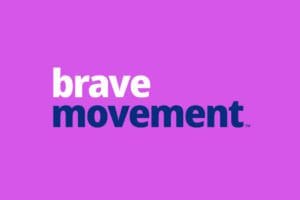
The Brave Movement
The Brave Movement is a survivor-centred, global movement fighting to end childhood sexual violence and emphasise the importance of healing, prevention, and justice. Brave has increased survivor participation at national and regional levels through continuous advocacy for their inclusion in decision-making regarding legislative and system-wide changes relating to child sexual abuse.
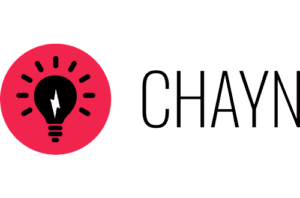
Chayn
Chayn is a global, online, survivor-led gender and tech project empowering women and marginalised genders against violence and oppression. Promoting safer online practices is a priority. In collaboration with survivors and using trauma-informed approaches, Chayn develops guides and campaigns that tackle technology-assisted abuse against women.
With the collaboration of young people, citizens, governments and companies… the problem of sexual abuse and exploitation of children through digital spaces could significantly improve in the future.
Noa, 18 years old, Microsoft Digital for Good Youth Council
